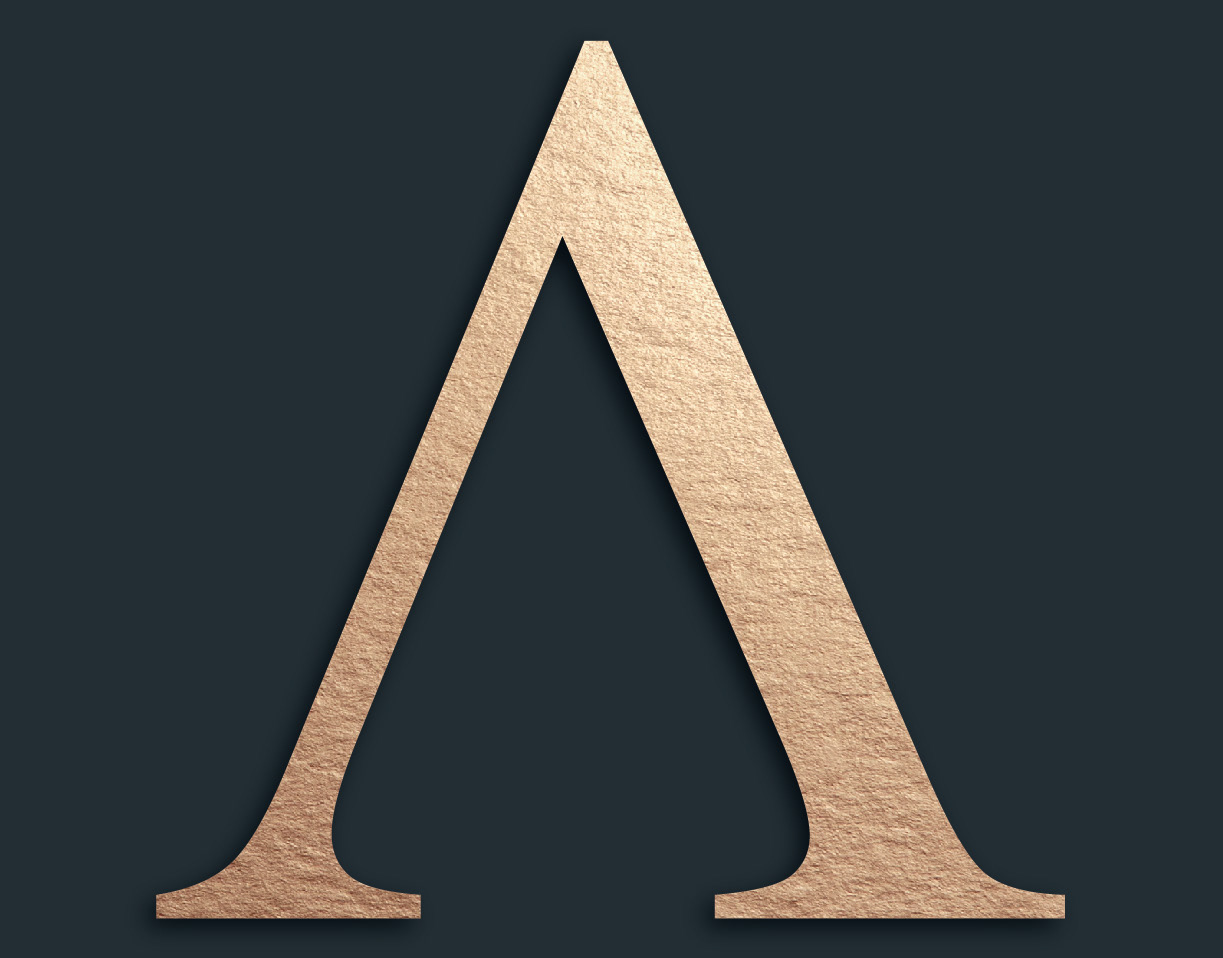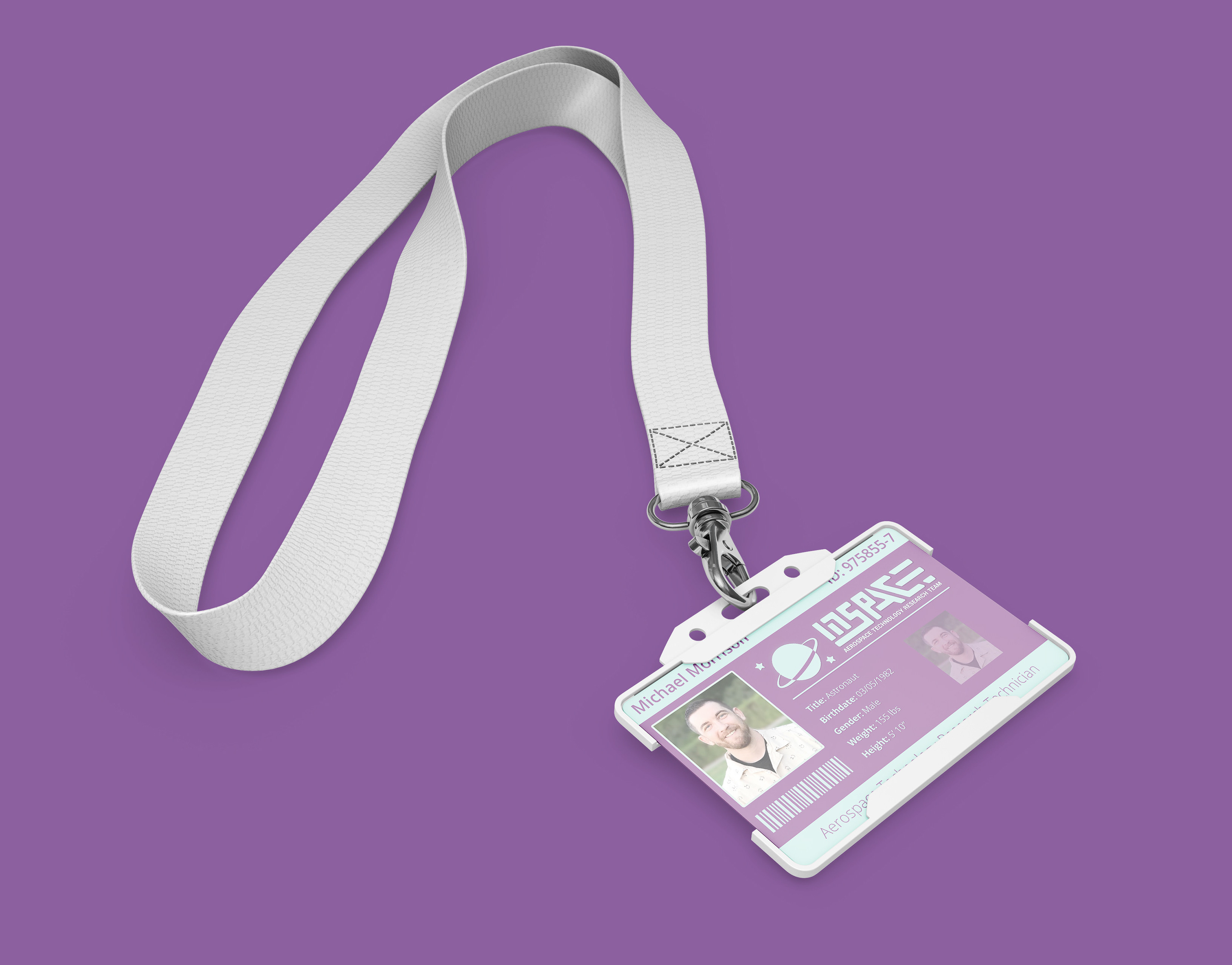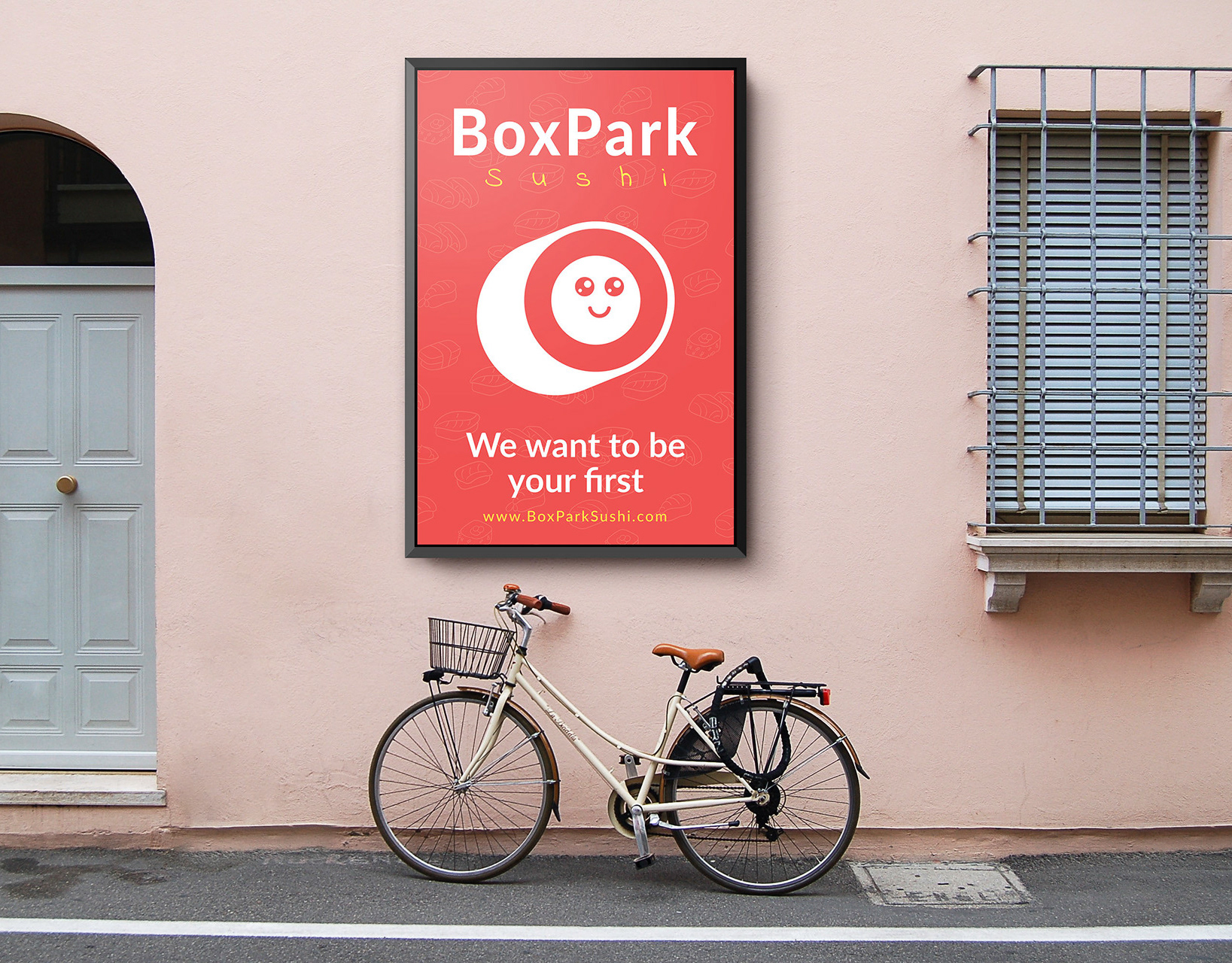Design Process
Problem Solving - The true client problem for this project was that there was need for a new branding approach that would help bring in more tourism to the city of Kyoto Japan. Three different branding approaches were created and each were based on a different theme. The three themes were modern culture, geography, and tradition. In order to create each brand approach it was necessary to develop three different brand definitions. Each brand definition helped define key values, key characteristics, and key points of differentiation. For example, the key characteristics for the geography brand approach included words such as exploration, tranquil, flourishing, vitality, and refreshing. Each brand definition helped create a unique brand approach and were clearly different from each other. The final solution was to develop a logo and a vision board that represented each brand approach. These assets then could be shown to the client for final approval.
Research - Both qualitative and qualitative research was conducted on the city of Kyoto Japan. Some of the key pieces of information that was gathered during the research phase included topics such as royalty, old-style building designs, cherry blossom festivals, bamboo forests, healthy living, and hiking trails. Each of these topics helped further develop the three unique brand approaches. For example, the geography brand approach focuses on the beauty of the bamboo forests, healthy living, and the outdoors. The modern culture brand approach focuses on the old-style look of the buildings and the historic pride that the city still carries today. The tradition brand approach focuses on the cherry blossom festivals, cleanliness, beauty, and foods.
Innovation - In order to achieve a certain level of innovation the geography and modern culture logo designs included hand drawn calligraphy symbols and lettering. The geography logo includes calligraphy bamboo trees and hand drawn lettering. This helps bring out the characteristics of exploration, tranquil, flourishing, vitality, and refreshing. This also sets the logo apart from previous and competing Kyoto logos. Some competitor logos use hand drawn lettering; However, these logo's do not reflect the chosen geography characteristics that have be developed for this project. These design choices help make the designs stand out and differentiate from the competition.
Logo Sketches
Each logo sketch was based on keys words that were found through research and mind mapping. Mind mapping helped create key words that targeted specific themes. For example, when mind mapping for the tradition brand approach key words such as beauty, cherry blossom, and flowers appeared. These key words then had a influence on several of the sketches that were produced.
(Modern Culture Mind Map)
(Modern Culture Logo Sketches)
(Geography Mind Map)
(Geography Logo Sketches)
(Traditions Mind Map)
(Traditions Logo Sketches)
(Selected Concept Sketches & Sample Calligraphy)
Final Logo Designs
Each final logo design is unique and clearly differentiates from the others. The modern culture logo design uses a clean font style and replaces the letter "o" with a lantern. In the center of the lantern there is a kanji symbol for heart. This design choice was based on the fact that many people feel Kyoto is the heart of Japan. The geography logo is more alive than the rest. It has a flowing look and focuses on the outdoor experiences that Kyoto has to offer. The tradition logo has a minimalist cherry blossom design and focuses on the cleanliness and beauty of Kyoto.
(Final Black & White Logo Designs)
(Final Color Logo Designs)
Final Vision Boards
Each vision board contains the final logo designs, imagery, color palettes, font styles, key words, and rationales that describe the brand approach. These vision board can now be given to the client for a final approval before any further design work is created.
(Modern Culture Vision Board)
(Geography Vision Board)
(Tradition Vision Board)







